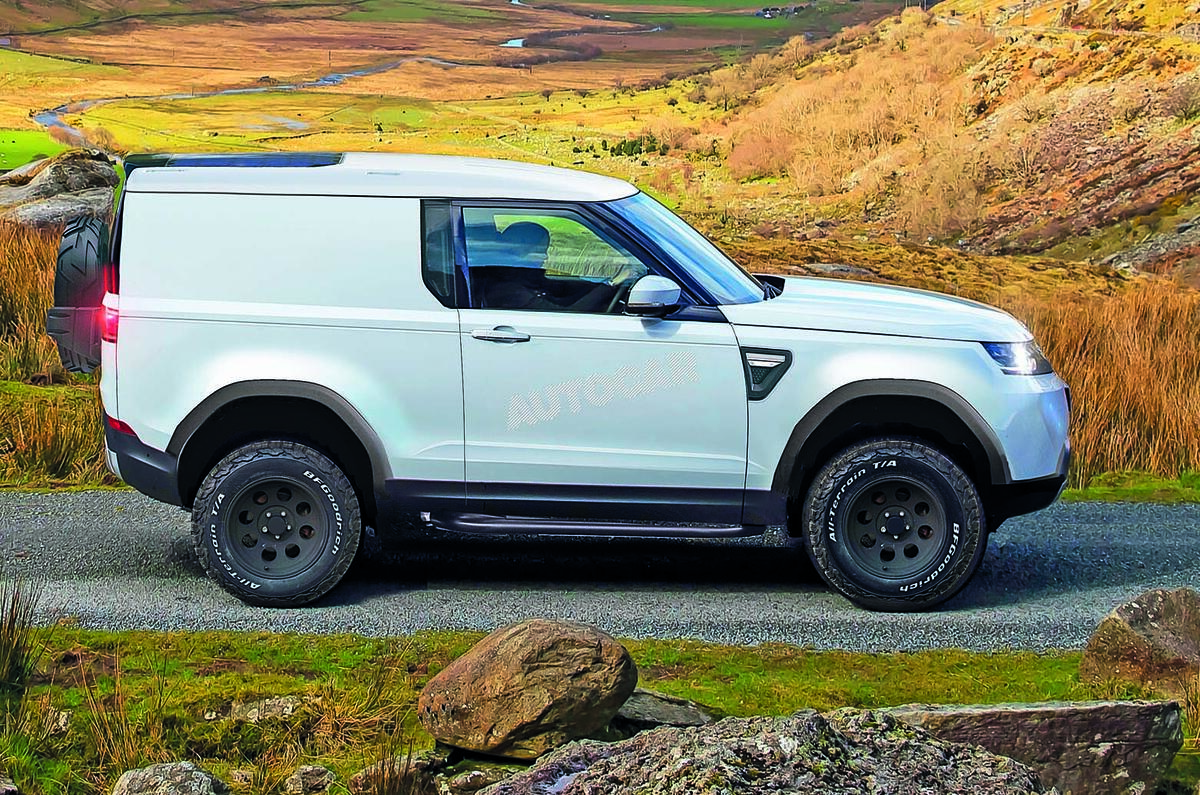However iconic a name and shape the Defender has, it is no divine right to success.
Which is why details about the new car have taken so long to come out: Land Rover has had to build a business case that ensures the Defender will be a commercial success well into the next decade.
In the decade or so since the all-new Defender’s gestation started, Land Rover sales have grown exponentially, spearheaded globally by an ever-growing Range Rover line-up. Why so many Range Rovers? It’s a nameplate and brand with even greater appeal than Land Rover itself in some markets, particularly in the US, where, much to the firm’s frustration, Range Rovers are colloquially known as Rovers.
Land Rover hasn’t yet replicated that success with the Land Rover Discovery as a range of vehicles. The Discovery Sport is the company’s best-selling model around the world, but collectively the Range Rovers dominate Land Rover sales charts.
The full-sized Discovery launched last year has yet to attain the same level of popularity as the Range Rovers and the name is struggling to gain traction globally, particularly in the important US market.
Now Land Rover will begin the process of introducing a third nameplate and sub-brand to the global car market.
The Defender model name will be alien to so many: the car hasn’t been sold in the US for the past two decades and was never offered in China. Even in markets where the name is known, the indications are that the SUV’s price and positioning won’t have such obvious links with past models as, say, the first BMW Mini did with the original.
Which goes to show how much of a challenge Land Rover faced in building the Defender’s business case.
Read more
New Land Rover Defender edges closer to production as cold weather testing commences








Join the debate
Add your comment
Mistakes of JLR
I think the product planning for JLR is a mess.
Firstly till evoque everything was fine. It was small city friendly..relatively budget friendly SUV. Thereafter bringing disco sport in the same segment with a little bit more space for a little bit less money and lot less of style and character,which they can’t give it even if they want to cause its not a range rover and then expecting it compete with likes of BMW x3 and merc glc etc when in general even evoque is not engineered to compete with German’s , it was only successful because of its looks and brand name, instead they should have bought next gen evoque earlier with a little more back seat room.
Then bringing discovery and making it into cheaper version of range rover look wise they have lost the utilitarian character and unique design elements of disco, but price wise it goes against the best of German’s
Bringing defender before
Bringing defender before disco could have been better. With range rover range taking care of urban needs and defender could take care of other customers. Also design wise they would not be have to be similar.
Business Model
This is just a business model problem. They're filling their factories from the top of the market place downwards. JLR's factories have been near capacity manufacturing higher value models where the margins are high but volumes are relatively low. To sell a price competitive utility vehicle, the margins would be low so there is no point with their current manufacturing capacity. However, they are looking to open new factories so maybe there is scope in the future.
JLR have taken this
JLR have taken this journalist for a ride.
Sure, the ‘Defender’ nameplate might not have global recognition, but a three year old knows what a Land Rover looks like. Had they introduced a new model that was faithful to the old one in terms of style and ethos, it would enjoy huge brand cachet.
JLR have basically junked that inheritance in favour of a retro-styled lifestyle model built in Slovakia. It’s a crying shame.